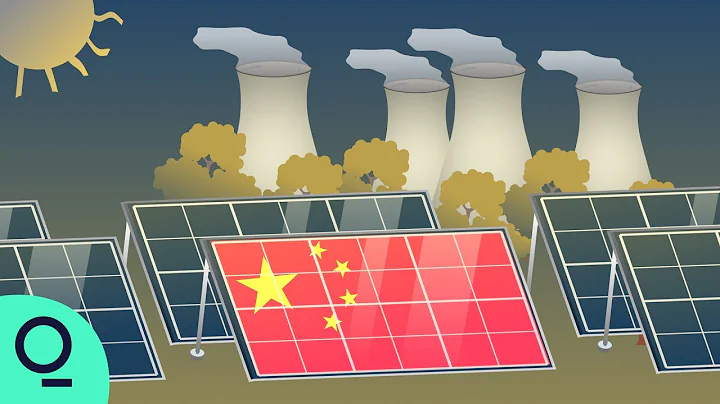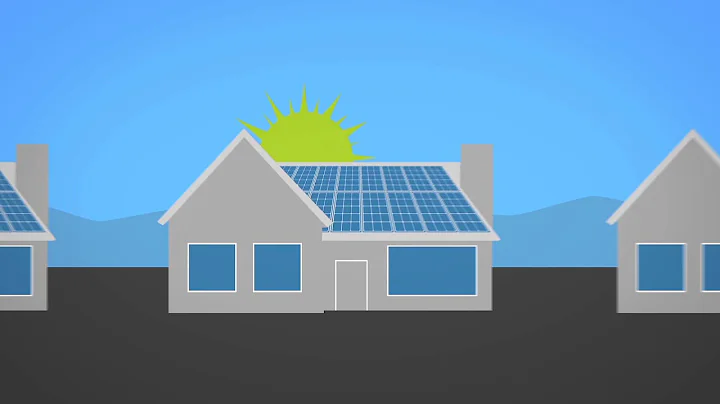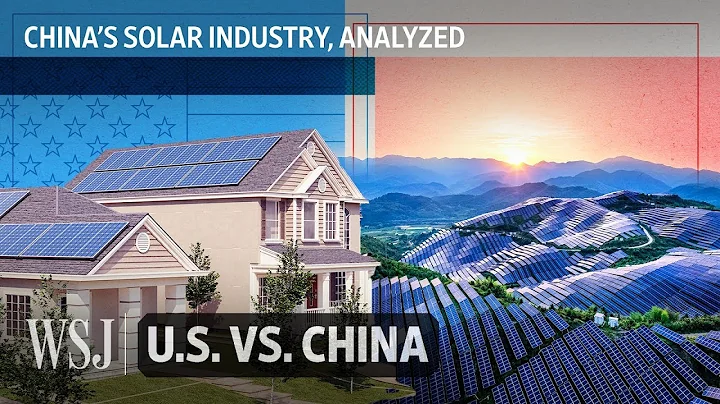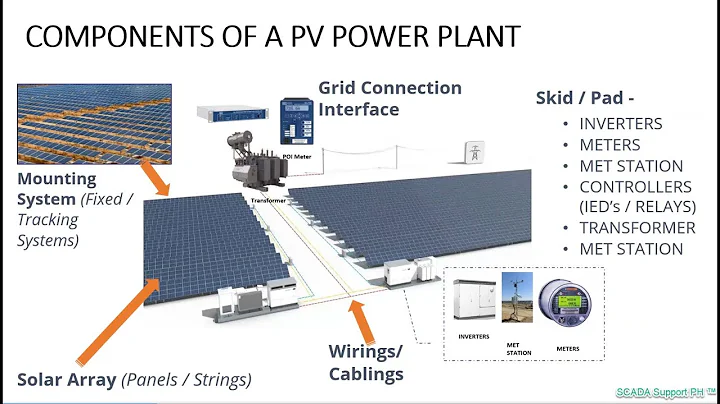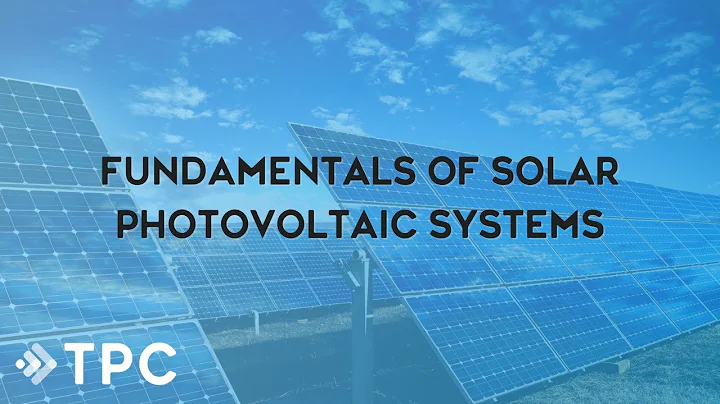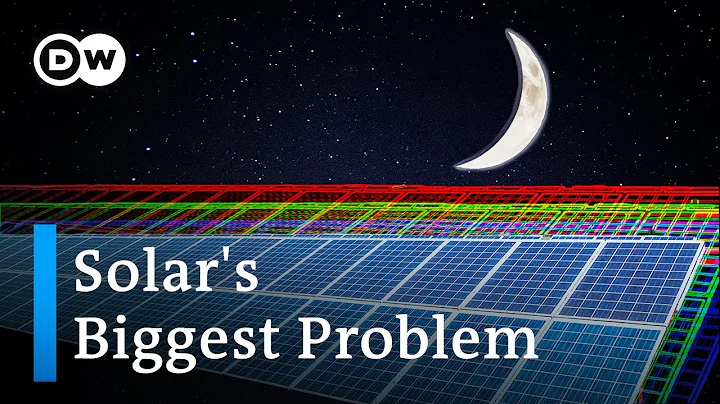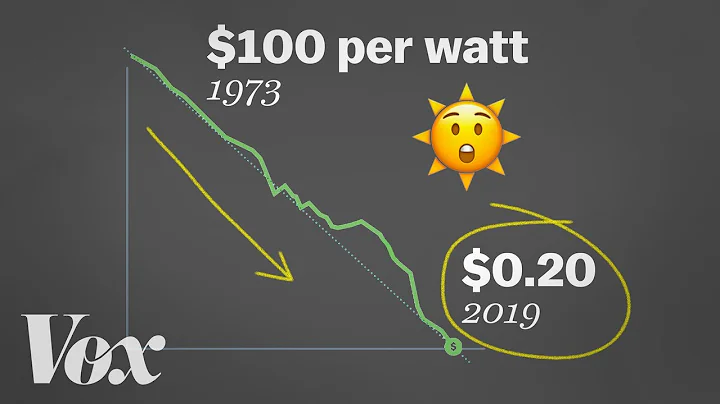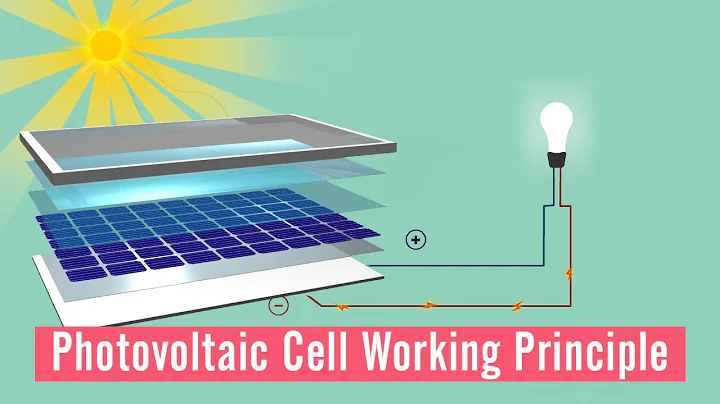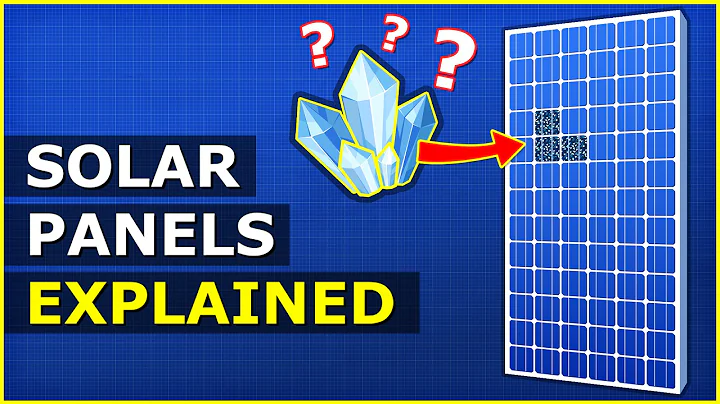[Energy people are watching, click on the upper right corner to add 'Follow']
![[Energy people are watching, click on the upper right corner and add 'Follow'] On April 2, the National Development and Reform Commission released the 2020 photovoltaic on-grid electricity price. The guiding electricity prices for centralized photovoltaic power stations in Class - DayDayNews](https://cdn-dd.lujuba.top/img/loading.gif) html On April 2, the National Development and Reform Commission released the 2020 photovoltaic on-grid electricity price. The guiding price for centralized photovoltaic power stations in Class I to III resource areas is 0.35 per kilowatt hour. 0.4, 0.49 yuan, distributed photovoltaic subsidies for self-use and grid-connected surplus power are 0.05 yuan/kWh, while the much-anticipated household subsidy is 0.08 yuan/kWh.
html On April 2, the National Development and Reform Commission released the 2020 photovoltaic on-grid electricity price. The guiding price for centralized photovoltaic power stations in Class I to III resource areas is 0.35 per kilowatt hour. 0.4, 0.49 yuan, distributed photovoltaic subsidies for self-use and grid-connected surplus power are 0.05 yuan/kWh, while the much-anticipated household subsidy is 0.08 yuan/kWh. Looking back 12 years ago in 2008, the National Development and Reform Commission approved four projects in batches with an approved electricity price of 4 yuan/kWh. This was the first time that my country explicitly proposed a photovoltaic on-grid electricity price.
In more than ten years, photovoltaic on-grid electricity prices have dropped by 91% from 4 yuan to 0.35 yuan, and parity is just around the corner.
2008~2013: Unified electricity price
![[Energy people are watching, click on the upper right corner and add 'Follow'] On April 2, the National Development and Reform Commission released the 2020 photovoltaic on-grid electricity price. The guiding electricity prices for centralized photovoltaic power stations in Class - DayDayNews](https://cdn-dd.lujuba.top/img/loading.gif)
In 2008, the National Development and Reform Commission issued a reply on the on-grid electricity price of Inner Mongolia Ordos and Shanghai Chongming Solar Photovoltaic Power Station, and the approved on-grid electricity price was 4 yuan per kilowatt hour. This can be said to be the beginning of commercial photovoltaic power stations in my country.
Since then, in order to promote the rise of the domestic end market, the National Energy Administration organized two batches of photovoltaic power station concession project bidding in 2009 and 2010. The winning bid was the one with the lowest on-grid electricity price. Among them, the winning bid price of Dunhuang 10MW photovoltaic power station in 2009 was 1.0928 yuan/kWh. In 2010, the second batch of concession projects totaled 13, with a total scale of 280MW, and the winning bid price was 0.7288~0.9907 yuan/kWh.
In 2011, the National Development and Reform Commission issued a notice on improving the on-grid tariff policy for solar photovoltaic power generation . The notice clarified that for photovoltaic power generation projects that were approved for construction before July 1, 2011, completed and put into production on December 31, 2011, and whose price has not yet been approved, the on-grid tariff will be The unified approval rate is 1.15 yuan per kilowatt-hour; for solar photovoltaic power generation projects approved on or after July 1, 2011, and for solar photovoltaic power generation projects approved before July 1, 2011 but not yet completed and put into operation as of December 31, 2011, except for Tibet, it is still implemented Except for 1.15 yuan per kilowatt-hour, the rest of the on-grid electricity prices are 1 yuan per kilowatt-hour.
2013~2018: Benchmark on-grid electricity prices for three types of resource areas
In 2013, the National Development and Reform Commission issued a notice on leveraging price leverage to promote the healthy development of the photovoltaic industry, implemented a regional benchmark on-grid electricity price policy, and divided the country into three categories based on the annual equivalent utilization hours. Solar resource area. Among them, the annual equivalent utilization hours are greater than 1600 hours, which is the first-class resource area, the period between 1400-1600 hours is the second-class resource area, and the period between 1200-1400 hours is the third-class resource area.
![[Energy people are watching, click on the upper right corner and add 'Follow'] On April 2, the National Development and Reform Commission released the 2020 photovoltaic on-grid electricity price. The guiding electricity prices for centralized photovoltaic power stations in Class - DayDayNews](https://cdn-dd.lujuba.top/img/loading.gif)
It can be seen from the chart that the electricity prices in the three types of solar resource areas have dropped year by year, and the electricity price dropped the most in 2017, with the price in the type one resource area falling by 0.15 yuan.
It is worth mentioning that photovoltaic electricity prices were reduced twice in 2018. Among them, the 531 policy, which shocked the entire industry, lowered the benchmark electricity price and distributed subsidies by 0.05 yuan, and also stipulated that only 10GW of distributed photovoltaic scale will be arranged in 2018. , and the cut-off point has been advanced to May 31. In addition, various localities are not allowed to arrange ordinary power stations that require state subsidies. After the issuance of the policy, the industry reshuffle accelerated.
2019 to present: guiding electricity prices
![[Energy people are watching, click on the upper right corner and add 'Follow'] On April 2, the National Development and Reform Commission released the 2020 photovoltaic on-grid electricity price. The guiding electricity prices for centralized photovoltaic power stations in Class - DayDayNews](https://cdn-dd.lujuba.top/img/loading.gif)
After the "531" earthquake in 2018, my country's photovoltaic scale management underwent major changes in 2019.
In 2019, the National Development and Reform Commission issued a notice on issues related to improving the on-grid electricity price mechanism for photovoltaic power generation, changing the benchmark on-grid electricity price for centralized photovoltaic power stations to a guide price, and the guide price for new centralized photovoltaic power stations in Class I~III resource areas included in the scope of national financial subsidies. They are respectively determined to be 0.40 yuan, 0.45 yuan and 0.55 yuan per kilowatt hour.
In 2020, the guided electricity price in Class III resource areas has the largest decrease, and the difference between Class II resource areas and Class II resource areas is 0.09 yuan. In contrast, the gap in electricity prices between Class II resource areas and Class I resource areas is smaller, with a difference of 0.05 yuan. According to sources from the three ministries and commissions, 2020 will be the last year that photovoltaic power generation enjoys subsidies. The end of subsidies means the arrival of the era of grid parity. The standard of photovoltaic parity is divided into power generation side parity and user side parity. The grid parity mentioned by the National Energy Administration in the "13th Five-Year Plan" refers to user side grid parity, that is, the cost of photovoltaic power generation reaches the level of coal electricity.
Taking Qinghai in the Class I resource area as an example, the current settlement electricity price between Qinghai photovoltaic power generation enterprises and the power grid company is 0.2277 yuan/kWh, which is far lower than the guide price of 0.35 yuan/kWh in the Class I resource area.
Overview of the evolution of photovoltaic electricity prices from 2008 to the present
![[Energy people are watching, click on the upper right corner and add 'Follow'] On April 2, the National Development and Reform Commission released the 2020 photovoltaic on-grid electricity price. The guiding electricity prices for centralized photovoltaic power stations in Class - DayDayNews](https://cdn-dd.lujuba.top/img/loading.gif)
![[Energy people are watching, click on the upper right corner and add 'Follow'] On April 2, the National Development and Reform Commission released the 2020 photovoltaic on-grid electricity price. The guiding electricity prices for centralized photovoltaic power stations in Class - DayDayNews](https://cdn-dd.lujuba.top/img/loading.gif)
As shown in the table above, since 2018, the on-grid electricity prices of village-level poverty alleviation power stations in Class I~III resource areas have not changed, and are 0.65, 0.75, and 0.85 yuan/kWh respectively; fully on-grid industrial and commercial The price of distributed photovoltaic power has always been consistent with the price of electricity in the resource area; the spontaneous self-use distributed subsidy has declined the fastest, experiencing changes from 0.37-0.05 yuan/kWh in the past three years since 2018; the household subsidy has dropped from 0.18 yuan to 0.08 yuan /kWh, but even if household subsidies are halved, the industry’s enthusiasm for the household market will not diminish.
Over the past 12 years, my country's photovoltaic industry has developed rapidly under the stimulation of electricity price policies. In 2019, my country's newly installed photovoltaic capacity was 30.1GW, ranking first in the world for seven consecutive years. After 531, the industry realized that photovoltaics must get rid of its dependence on subsidies as soon as possible. Now that the era of affordable Internet access has arrived, this will be a new starting point for the photovoltaic industry. Accelerating technological innovation and product iteration, improving its own competitiveness, is the key to photovoltaic The top priority as we enter the “post-parity” era.
Disclaimer: The above content is reproduced from Polaris Solar Photovoltaic Network, and the content posted does not represent the position of this platform.
National Energy Information Platform contact number: 010-65367702, email: [email protected], address: People's Daily, No. 2 Jintai West Road, Chaoyang District, Beijing
